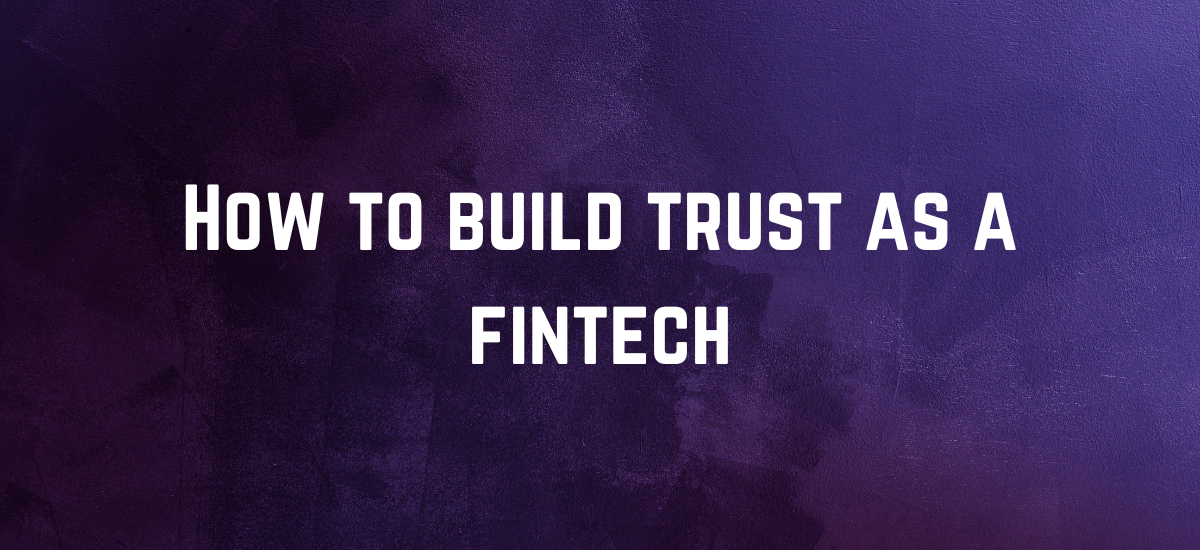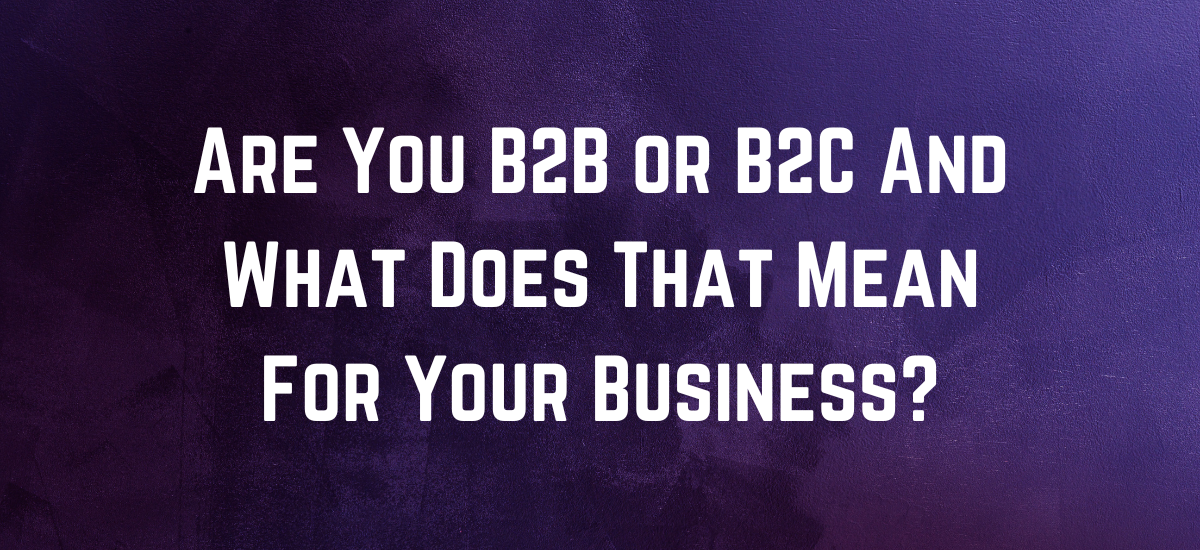by deborah
Share
by deborah
Share

The most important thing to realize about marketing as a FinTech is that your job is to build trust. Whether marketing your technology services to Tier 1 banks or your neobank to Gen Z, FinTech marketing is all about trust.
I’d go further and say the financial markets as an industry is built on trust. Money is a social construct; we’re all just trusting each other to keep believing in it. Well, marketing goes a step further; it says don’t just believe in money, believe in me to touch, be near, or manage your money. As a technology company, I promise my technology won’t fail or crash and lose all your money.
So, how do you build trust?
At a house party in my younger, stupider days, I became very close friends with someone within the first thirty minutes. We realized early on how much we had in common and knew we would be fast friends.
As the hours started dragging on and the evening turned to night, my new friend started making more requests of me. Can I borrow this? Sure. Can I have your drink? No problem. Can I have your next drink? Okay. Give me a few of your cigarettes. Sure.
Within a few hours, young-broke-student-Deborah was out of cigarettes, food, and alcohol. Which was fine; there was a shop nearby. I asked my new best friend to walk with me to the shop, it was a summer evening, and the crisp air would be nice. He refused; he was enjoying the vibe of the house and didn’t want to leave.
Okay, no problem. One of my older friends came with me. I paid for my new alcohol, cigarettes, and food, and we returned to the house. As soon as I entered, my new friend joined me, and it began again. This continued into the early hours of the morning. As my drinks depleted with startling speed, I started to lose interest in my friend.
He was the same person, the conversation was still great, and we had a lot in common, but the feeling had dried out. By the time I had four cigarettes left in my third pack of the night, I had grown tired of this game. The next time he asked, I said no. He seemed to realize he’d made a mistake and started trying to back-peddle, but it was too late.
What did that guy do wrong?
At first, it might feel like the dissolution of our friendship occurred because he asked for too much. That’s not the case; I’ve shared twice as much with other friends without batting an eyelid. People like to share, and they want to trust. It’s nice to feel depended on.
No, his issue was two-fold. The first is that he moved too fast. He didn’t build a rapport. Friendships aren’t made in half an hour, one night, or one interaction. They’re built over time.
The second is that he didn’t contribute enough to the relationship. Contributing doesn’t have to be a financial contribution. If he’d escorted me to the shop, offered to make me some food when we were hungry, or taught me something valuable during our conversation, I likely wouldn’t have noticed my depleting resources.
Don’t be like that guy. If you want to build trust, which you should, make sure your marketing does two things:
- Moves at a steady pace, with multiple interactions before getting to the ask
- Provides value, not just as a product or service, but as a marketing channel
Multiple Touch Points
Let’s take our agency as an example. This article is an example of content marketing. Do we expect strangers who have never heard of us to read this this, then immediately send me an email requesting our services? No. The actual point of this article from a marketing perspective looks more like this:
- Potential client finds and reads this article
- Person goes on our LinkedIn to see what we’re up to and follows us
- Person forgets about us
- We post both articles and social posts regularly to our LinkedIn; they see them over time and feel closer to our company
- One day, they see a post they resonate with, they reach out, we send our costs, and they think about soliciting our services
- Person forgets us
- When they reached out because they went on our website and put their name and email address, they get automatically inserted into a system that retargets them on social media
- They see our ads on Instagram ads and Facebook. When the potential clients see our ad, they’re reminded of how much they liked that one article and decided they’d like to use our services.
- Client signs up
- Client is added to a newsletter list that provides sporadic, valuable content with the option to personalize the frequency of the letters. It’s important to note that marketing is not just about attraction but also retaining
As you can see, multiple touch points don’t just help attract clients; they help create happy, long-term clients too. By interacting with your content or social media often before signing up, clients understand what you do and where the value lies, and they know how you work. This leads to fewer surprises and a happier long-term customer.
Providing Value
When it comes to providing value, I’ve been hard-pressed to find a marketing team that does this better than HubSpot. HubSpot plays the long game, and they start years in advance.
Thinking of getting a job in marketing but don’t know where to start? Get a free, industry-relevant, certified course on HubSpot. Want to hear the latest inbound marketing tactics with real-life examples? HubSpot has the answer. Want to increase your expertise in social media? HubSpot. Are you wondering how to train your marketing team cost-effectively? Get them to take HubSpot courses.
By the time you’re a grown-up, senior marketing leader with buying power, you’re grateful to give back to HubSpot finally. You’re almost salivating at the chance to be a part of the HubSpot crew. One of the most significant failures of my career is that I wasn’t successfully promoting HubSpot internally when one of my employers was looking for a new CRM, and I promise you, I pushed hard.
Pick one specific area you want to be known for, then produce so much value in that area that your clients become desperate to pay you back. For example, if you’re marketing a young micro-investing tool, you could create a series of courses that teaches young investors how to choose their investments.
The first, or beginner’s course, could start with the benefits of index funds.
The intermediate course could look at bitcoin and how to distinguish which direction a coin is heading in. The expert course could teach young investors how to look into the background and finances of a company they may want to invest in and provide valuable resources to help them in their search.
By teaching and guiding your target audience, you become a valuable part of their journey, and it’ll be a no-brainer which app they sign up with when they’re finally ready to make the plunge.





